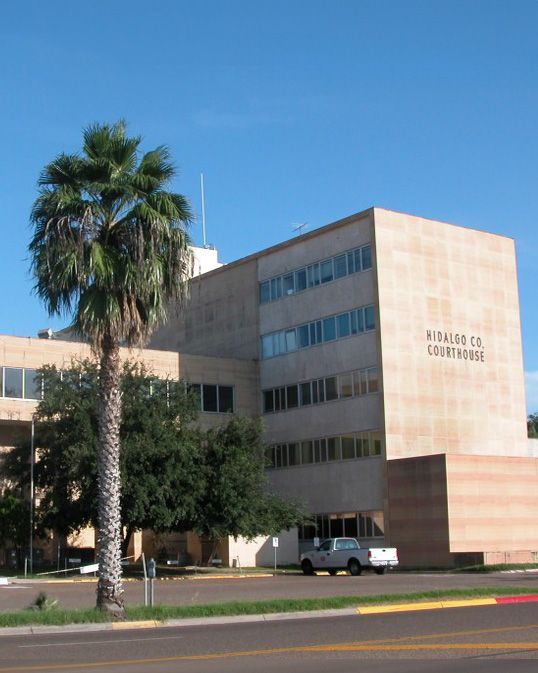Can a Bicyclist Be at Fault for an Accident?
LAW BLOG •
Most people assume that because a bicyclist can suffer more serious injuries in a collision than a motorist, he or she will not be at fault for a crash. Yet the laws in most states, including Texas, give bicyclists the same rights and responsibilities as motor vehicle drivers – meaning the law can find them at fault for causing car accidents.
Texas’ Bicycle Laws
Under Texas Transportation Code section 551.101 , a bicyclist has all the same operational rights and duties applicable to drivers, with a few exceptions. Bicyclists in Texas must obey all standard traffic laws, including stop signs, traffic lights, speed limits and rights-of-way. They must ride traveling in the same direction as motor vehicles, as far to the right-hand side of the road as they can. Cyclists must stay off of sidewalks in downtown areas and yield to pedestrians. They cannot make unsafe lane changes, run red lights or engage in other dangerous practices.
Bicyclists also have rights. Motorists and other roadway users must respect a biker’s rights to the road. Motorists should not tailgate a bicyclist. Drivers must yield to bicyclists as they would other drivers. They may only pass bicyclists if they do not come close enough to constitute a hazard. Motorists must also watch for passing cyclists before opening their car doors to avoid a serious accident known as dooring. If a motorist breaches any of his or her duties to a bicyclist and causes an accident, the motorist could be liable.
Determining Fault for a Bicycle Accident
In any motor vehicle accident, whether it involves two cars, a car and a bicycle, or another combination of road users, the method for determining fault remains the same. The party legally at fault for the crash will be the one behind the proximate (main) cause of the accident. This could be the bicyclist in certain situations. If the bicyclist rolled through a stop sign, for example, and a driver crossing through the intersection struck the cyclist, the cyclist could be at fault for his or her own injuries for breaking the rules of the road.
Proving fault during a motor vehicle accident claim takes four main elements: duty, breach, causation and damages. The party financially responsible for the collision must be guilty of breaching a duty of care he or she owed the other party, such as the duty to reasonably prevent an accident. This breach of duty of care must be a main contributing factor to the collision, and the victim must have suffered specific losses as a result. If either the motor vehicle driver or the bicyclist can prove these four main elements, the other party will owe him or her compensation for damages.
Comparative Negligence in Texas
Texas law allows for the division of personal injury liability between two or more parties. Both parties can share a portion of fault for the same accident. The victim can still recover partial compensation, however, up to a threshold. Texas’ modified comparative negligence law states that an injured claimant can still obtain compensation despite contributing to the accident as long as he or she is less than 51% at fault. If the motor vehicle driver can prove the cyclist was more than half responsible for the collision, the bicyclist may lose all right to compensation – even if he or she suffered more serious injuries than the driver.
Using a comparative negligence defense during a bicycle accident claim takes establishing the injured party’s fault through clear and convincing evidence. This evidence could include police reports, eyewitness interviews, photographs of the crash, crash reconstruction or opinions from crash experts. The courts will examine the evidence and rule on whether or not the plaintiff contributed to the crash, and if so, by how much. The courts will then reduce the plaintiff’s compensatory award by his or her percentage of fault. If fault falls over 50%, the plaintiff will receive nothing. Help from an attorney could enable an injured party to maximize his or her compensation after a bicycle accident in Houston.
The post Can a Bicyclist Be at Fault for an Accident? appeared first on GES Injury Attorneys.
Every state limits the amount of time you have to file a claim.
Don't Delay.
Contact the Attorneys at Gordon & Elias, LLP Today to preserve your right to a recovery.
Contact Us
We will get back to you as soon as possible.
Please try again later.
100% FREE CASE EVALUATION
Free Consultation • No Fee If No Recovery



